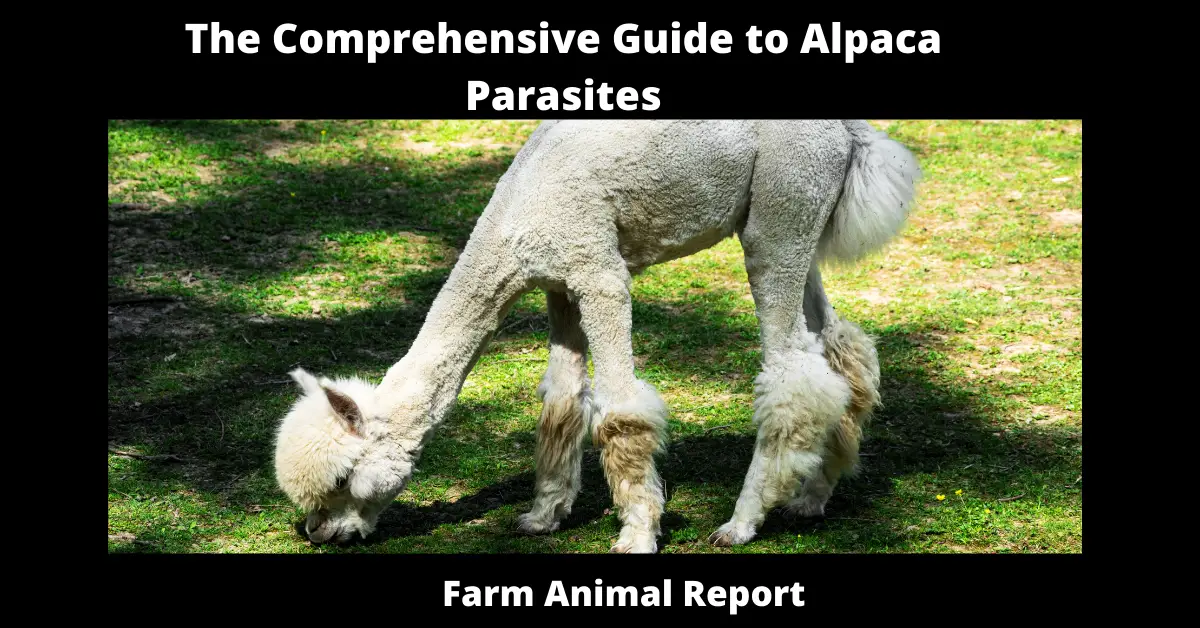As a general rule, the major parasites that infest Alpacas are 1) Alpaca Lice, 2) Alpaca Mites, 3) Alpaca Stomach Worms 4) Alpaca Tapeworms. Mange These parasites typically feed at night and attach themselves behind the ears, in the tail area, or near the genitals of male animals. They move quickly when they sense that their host is getting closer.
Guide to Alpaca Parasites
Alpacas are an important part of the textile industry, and Alpaca Parasites can be a big problem for Alpaca farmers. Alpacas are bred in captivity, which means that they don’t have many natural defenses against Alpaca parasites. We will explore the most common Parasites that plague Alpacas
What is a Parasite ?
Alpaca parasites – A parasite is an organism that lives in or on another living host, known as the definitive. A parasite can be classified as a type of ectoparasite (parasites such as lice and mites), endoparasite (such as roundworms), or internal parasites like tapeworms.
Types of Alpaca Parasites (South American Camelids)
- Alpaca Lice
- Alpaca Mites
- Alpaca Stomach Worms
- Alpaca Tape Worms
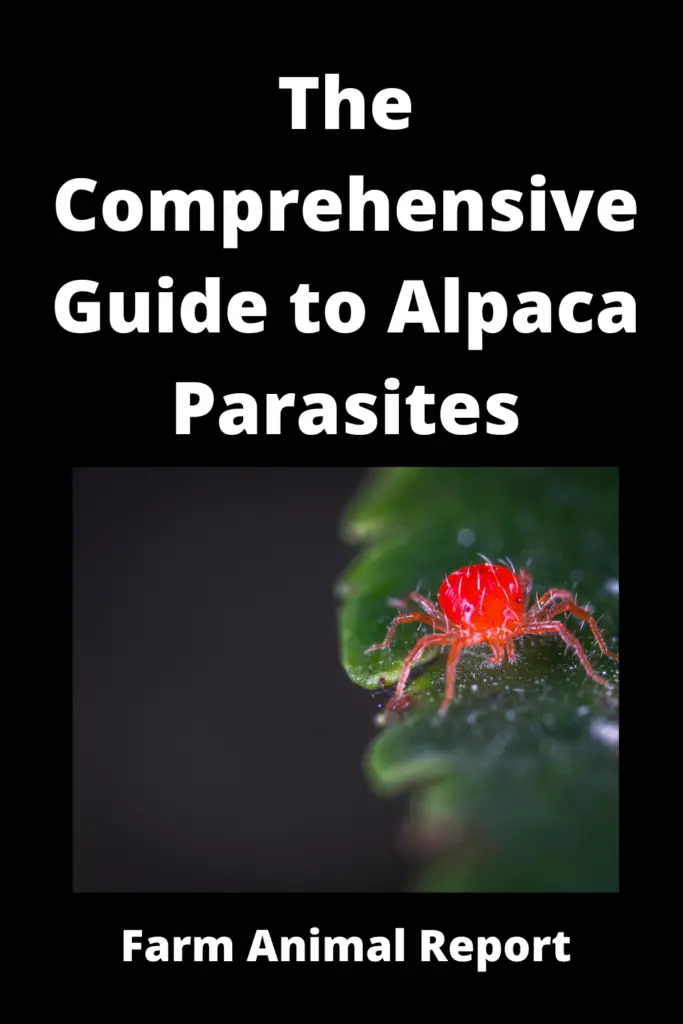
External Parasites
18 ways Alpaca Farmers make Money
What is Alpaca Lice?
Alpaca lice are small, flat insects that attach themselves to the hair of alpacas. These parasites feed on blood and can cause anemia in young animals or stressed adults if left unchecked. Lice are very difficult to eliminate, and the only way to ensure that your alpacas do not contract them is by using ivermectin on a monthly basis.
It is important to treat an Alpaca for Lice before it becomes a problem. You can use shampoos, sprays or dust on the animal’s skin and fur when you notice they are infested with lice.
The best way is to prevent them from getting parasites in the first place by keeping their living quarters clean. Lice can be carried into the barn on people’s clothing, pets, or even wild animals that come near an Alpaca enclosure.
What is a Mite?
Mites (mite infestation) are more difficult to detect than lice and can be found anywhere on the body of an alpaca. These parasites typically feed at night and attach themselves behind the ears, in the tail area, or near the genitals of male animals. They move quickly when they sense that their host is getting closer.
Although mites are not directly fatal to alpacas, they can cause secondary infections that lead to death if left unchecked.
Appearance
Mites attach to the skin and hair of alpacas causing a condition known as ‘scabies’. The first time an individual experiences mites it is usually light, but over time this infestation will become worse if left untreated.
In appearance, they look like tiny red or black dots on the skin of an alpaca, but they are actually microscopic in size.
Mites can be treated by using a spot-on product that will kill these parasites immediately and prevent them from returning again and spreading thru the alpaca herd. This treatment should only take place when you have seen live mites on your Alpacas body to ensure it is effective.
If your alpaca is suffering from a heavy infestation of mites, you may decide to visit a local vet in order to receive antibiotics which will help treat the condition and give them increased comfort while they battle the infection. If it isn’t treated quickly enough an Alpacas scabies can lead to other infections which can be fatal.
In order to prevent the spread of mites it is important you also treat any other animals which have been in contact with your Alpacas, especially those who are housed close together as they will struggle to avoid being affected by this parasite if not kept separate from them or treated quickly should a problem arise.
What is Sarcoptic Mange?
Sarcoptic mange is a disorder caused by parasitic mites ( sarcoptic mites ) and results in severe itching, hair loss, and skin lesions. Alpacas with this condition usually experience extreme discomfort because of the intense scratching that can lead to infection if they break open their sores on themselves
Sarcoptic mange affects alpacas who have a weakened immune system and can be prevented by practicing good hygiene such as regular grooming, deworming, and keeping their living areas clean
- psoroptic mites
- chorioptic mites
- sarcoptic mites
Natural Treatments for Mites + Lice
Natural remedies for lice in alpacas include apple cider vinegar, garlic, and mineral oil. You can also use a pesticide shampoo or spray that is safe for animals such as pyrethrins mixed with rotenone or ryania derivatives.
Apple cider vinegar is a natural remedy for lice in alpacas. To treat an infestation, rub the solution directly onto all parts of the body and put some on the wool. Leave it on overnight then rinse off with water. Repeat once daily until you no longer see any insects present or after 14 days have passed since applying apple cider vinegar.
Mineral oil is another natural remedy for lice in alpacas that can be used to treat infestations. Rub the mineral oil directly onto all parts of the body and put some on the wool as well. Leave it on overnight then rinse off with water before letting your animal go outside into the sunlight and fresh air after 20 minutes. Repeat once daily until you no longer see any insects present or after 14 days have passed since applying mineral oil to the alpaca’s skin and wool.
Garlic is a natural remedy for lice in alpacas that can help with an infestation if it is rubbed into all parts of the body as well as the wool. Leave it on overnight then rinse off with water before letting your animal go outside into the sunlight and fresh air after 20 minutes. Repeat every other day until you no longer see any insects present or after 14 days have passed since the application of garlic to the body and wool has occurred.
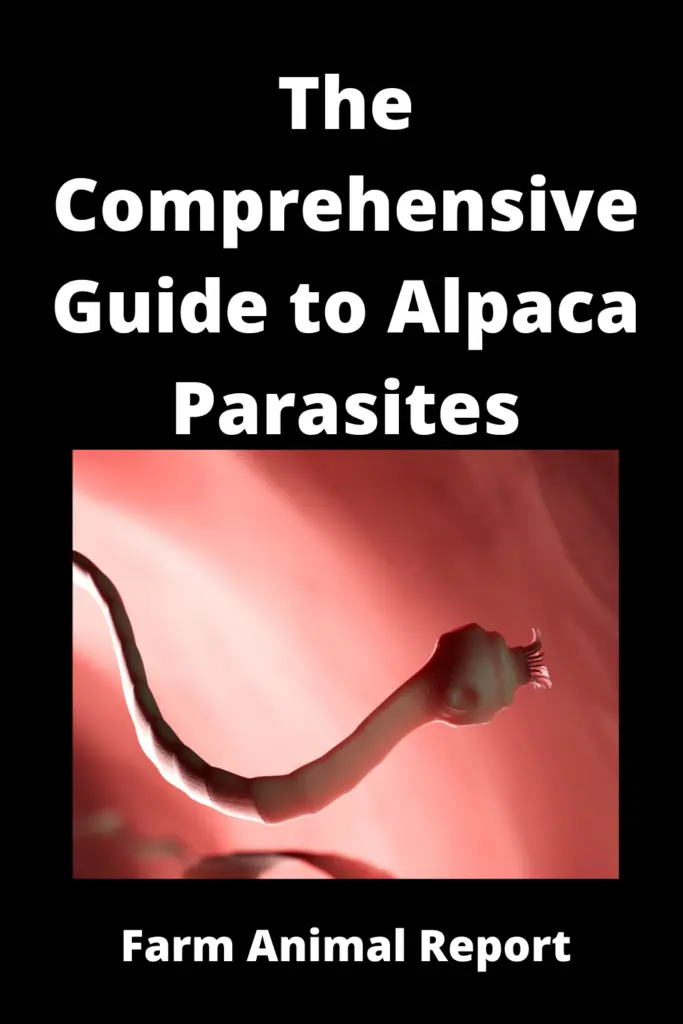
What is a Tick?
Ticks are small arachnids that feed on the blood of mammals and birds. They attach themselves by their mouths or front legs and must be physically removed. These parasites are most commonly found on the ears, neck, and around the eyes of alpacas.
Appearance
Ticks are small creatures that attach themselves to the skin of your Alpaca and feed on their blood. They can appear completely black or a dark brown color, with flat bodies and legs that have pointed ends in order for them to grip onto an alpacas body more effectively once they have latched onto them.
Alpacas who are left infested with ticks will have them on their ears, eyes, neck, or chest area where they are more accessible for the tick to attach itself.
If ticks are not properly treated they can cause severe anemia in their hosts due to blood loss. Because of this, it is important to use caution when physically removing them from your animals’ bodies.
Removal
It is important to note that ticks are hosts for a variety of diseases, so you should wear gloves when removing them from your animals.
The best way to remove a tick is by using fine-tipped tweezers and grasping the body near the skin’s surface. Pull gently until it releases its grip and then disinfects the area.
It is also important to note that ticks are active throughout most of the year, so you should check your alpacas at least once a month for them.
Natural Ways to Prevent Ticks
Keeping your alpacas in a smaller area where they are not exposed to many insects will cause the ticks to move on.
Allow Chickens to Roam with your Alpacas – they love the delicacy of Ticks.
If You introduce Garlic into your Alpacas food. Insects Ticks – Flies – Misquotes hate the taste of Garlic. It is also very effective for people.
Remove the thick ground cover that hides them.
Internal Parasites
Alpaca Worms ( Worm burdens)
What is Worm Burden?
Worm burden refers to the number of parasites present in an alpaca’s body. Types of alpaca parasites include internal and external parasites, as well as protozoan and nematode worms.
What are Meningeal Worms? ( Meningeal Worm Infection )
Meningeal worms ( adult meningeal worms ) are a type of roundworm that can infect alpacas, causing significant problems such as blindness and even death if left untreated. Meningeal Worm Infection Symptoms include head pressing against objects or lying down with neck hyperextended back toward the tail because the animal is in pain from pressure on his spine caused by swelling which occurs because of inflammation inside the spinal cord. (
What are Round Worms?
Roundworms are a type of parasitic nematode that targets alpacas. They live in the digestive tract and feed off nutrients ingested by their hosts. Roundworms can also cause blockages or other issues with eating, leading to malnutrition and weight loss. If you see your alpaca experiencing diarrhea, bloating, coughing or choking it is best to seek vet care for your animal immediately.
What are Tape Worms?
Tapeworms are a type of parasitic nematode that can be found in alpacas. The Albendazole chemical is usually the main course of treatment for tapeworm infestations and will need to be given daily for at least five days, possibly longer depending on your vet’s findings.
The life cycle of a tapeworm begins with eggs that are passed through feces onto the ground. From there they can be ingested by another alpaca or end up in water sources where other animals drink from, continuing to spread. Tapeworms cause abdominal pain and irritation which will lead to your animal
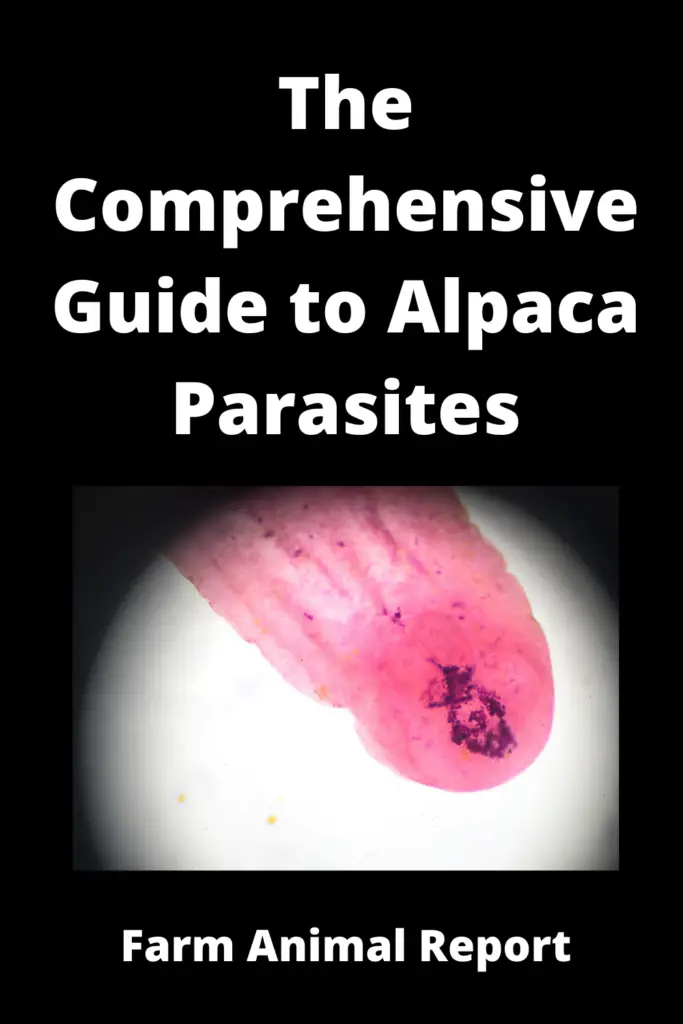
Preventative De-Worming
Tapeworms can be prevented by deworming alpacas frequently such as twice a year, always following the vet
Also, food animal practice will also go a long way to prevent Tape Worm Infestation. Giving an alpaca dangerous worm burdens.
What are Pin Worms?
Pinworms are a type of parasitic nematode that is known to affect alpacas. They reproduce and live inside the intestinal tract where they eat nutrients ingested by their hosts as well as cause irritation which results in itchiness, poor appetite or diarrhea. Pinworms can be picked up from contaminated food, bedding, or feces so it is important to keep alpacas separated from other animals and their living areas clean. Pinworms can be prevented by deworming once a year, always follow your vet’s advice on treatment options as pinworm eggs are resistant to many chemicals
Pinworms can be spotted by alpacas experiencing itching, poor appetite, or diarrhea. Pinworms are prevented by deworming once a year and keeping animals separated from other animals living areas clean to prevent parasite from spread
Pinworms affect all ages of alpacas so it is important to treat them frequently in order to avoid serious health conditions
Pinworm eggs are transferred from a mother alpaca to her offspring through nursing,
What are Alpaca Flukes? (liver fluke)
Alpaca flukes are a type of parasitic flatworm that affects alpacas and their digestive tracts. They can be fatal to your animals if left untreated, even when in small numbers so it is important to keep an eye out for symptoms such as bloating around the stomach area, lack of appetite, or weight loss. The Albendazole chemical is usually the main course of treatment for flukes and will need to be given daily. If you notice your alpaca experiencing diarrhea, bloating, or coughing it is best to seek vet care immediately. They also plague all south American camelids
Your alpaca might have liver flukes if they are vomiting and showing signs of abdominal pain. It is important to get your animal treated immediately because this parasite can be fatal, even in small numbers. Treatment for this type of parasitic infection will need to include the Albendazole chemical which should be given daily for at least five days
What is the Life Cycle of a Fluke?
The life cycle of a fluke begins when eggs are passed through feces onto the ground. From there, they can be ingested by another alpaca or end up in water sources where other animals drink from, continuing to spread this parasite
Alpacas are vulnerable to parasitic infections so it is important for them to have access to fresh, clean water daily. It is also important to practice good hygiene when it comes to feeding and cleaning their living areas
What are Alpaca Cestodes?
Alpaca cestodes are a type of parasitic flatworm that can be found in alpacas. They attach themselves to the wall of an intestinal tract, feeding off nutrients ingested by their hosts, and result in diarrhea or constipation if they have any kind of digestive issues contact your vet immediately for treatment options as it is a serious issue if left untreated
Alpaca cestodes can be prevented by deworming regularly, always follow your vet’s advice on treatment options as alpacas are highly sensitive to chemicals and medications
It is important to seek vet care ( veterinary clinics ) immediately if any digestive issues arise such as diarrhea or constipation because it could mean serious parasitic infection. This will help you get successful treatment.
What Types of Fungus do Alpaca Get?
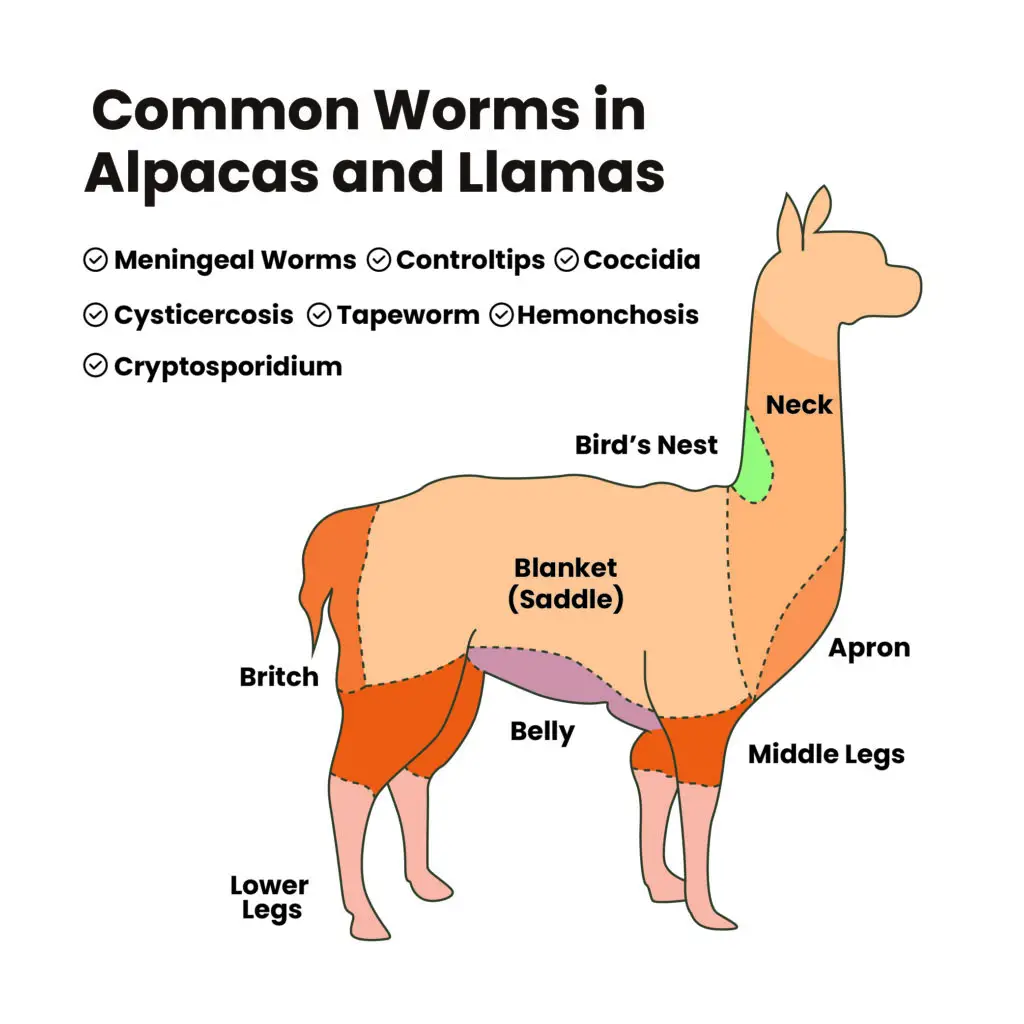
Alpacas can get fungal infections in moist areas around the eyes, ears, and between their toes. It is important to keep these areas clean because fungus (skin disease ) spreads rapidly if it isn’t treated right away. Fungus is prevented by keeping your alpaca free of moisture which means regular grooming as well as treating wounds promptly when they occur
If your alpaca seems to be getting fungal infections around the eyes, ears, or between their toes, it is important to keep these areas clean because fungus spreads rapidly if left untreated. The fungus can be prevented by keeping them dry at all times and treating wounds promptly when they occur
Fungal infections are more common during the winter months and can be prevented by keeping your animals dry at all times as well as treating wounds promptly when they occur.
Fungal infections are common in moist areas around the eyes, ears, or between their toes so it is important to keep these areas clean because fungus spreads rapidly if left untreated
It is also a good idea to seek vet care immediately if your alpaca has any kind of injury or wound because fungus can spread rapidly and cause serious health issues
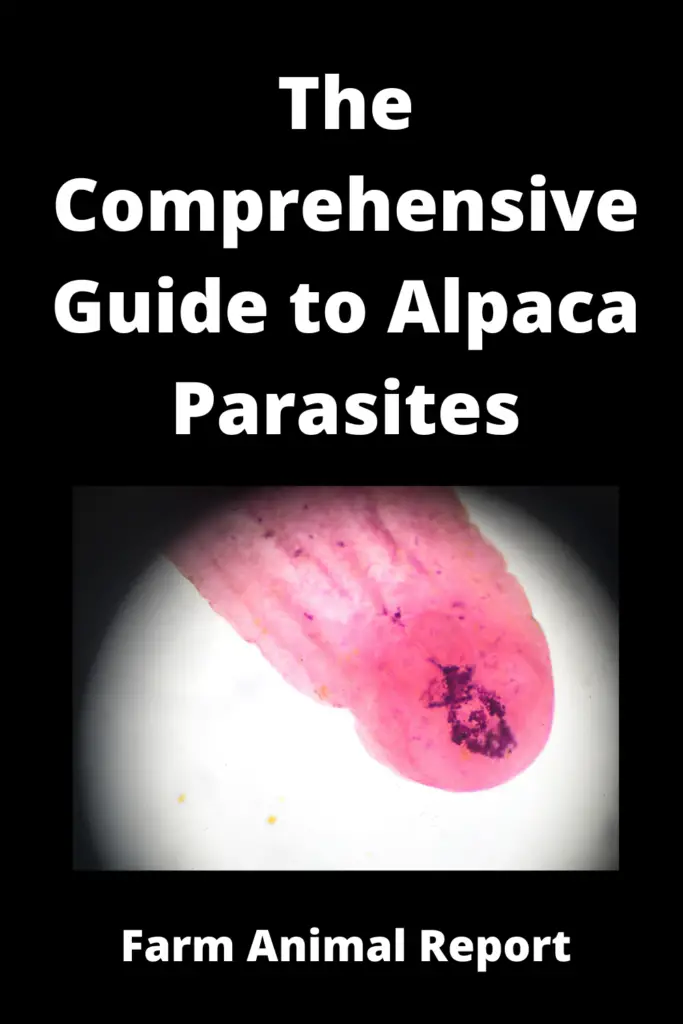
Prevention Techniques to Avoid Future Infection from Parasites in your Alpacas
Keep your alpacas’ living areas clean and dry.
Deworm with a recommended type of dewormer by your vet so as to not harm the alpaca’s system, follow all treatment options advised by the veterinarian.
Practice good hygiene such as regular grooming and cleaning their living area daily or even twice a day.
Practice good hygiene such as regular grooming and cleaning their living area daily or even twice a day to prevent fungal infections from occurring in moist areas around the eyes, ears, and between their toes. Keep them dry at all times to avoid any further issues with fungus spreading rapidly if left untreated.
Seek veterinary care immediately if your alpaca has any kind of injury or wound because fungus can spread rapidly and cause serious issues if not treated right away.
Final Thoughts
Prevention is very important, using creative natural ways to control parasites in your Alpaca Herds.
Keeping them dry and in clean environments with fresh water will go a long way in preventing parasites and Alpaca worm load.


